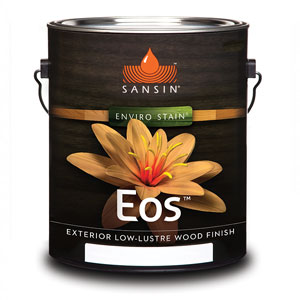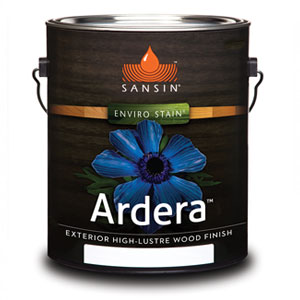This answer may surprise you because the answer is NO!
However, with one caveat, the painting contractor must have at least three years of consistently established maintenance billing to the same customers.
Allow me to explain. For years I have “Preached” to painting contractors that, if they would ever want to sell their painting business they MUST set up a consistent customer maintenance business besides the on-going main painting business.
The seriousness of this ‘Side Maintenance Business’ starts with having billed regularly for routine on-going maintenance of a specific address and customer, for at least three years, however, and billing maintenance business usually is taken seriously after five or six years.
So how does this all get started? A painting contractor gets a call and is asked to estimate the paint on the outside of a residence or commercial building. They give the customer the estimate and is granted the job. After completion of that project, the contractor is paid and ‘That’s it’ until that customer calls next time for some more work.
This contractor process of business is called a “One-Off”. Because the contractor expects the customer to remember them when the next time there is some work to be done. However, in most cases, this isn’t how it works. The next time that customer wants some painting work done there is always a diversion to contacting them. Like “I couldn’t find your number”, “My neighbor had a painter working on their house at the time, and it was really convenient just to ask them to come over and give me an estimate”, or “My family had a wonderful painter that needs the work”, etc.
Frankly, all of these reasons you have already heard, and then some.
Now, this is how it should work. After completing a “One-Off” job, the painting contractor needs to explain to the customer that, by setting up an on-going maintenance program with nominal billing every six months or at least once a year … Your property will stay in “Tip-Top-Shape”. That is how you approach the maintenance program.
You will need to be ready for the come-back comment! “Are you telling me that your good quality paint job is not going to last more than six months or a year?”. Your answer: “No, I am interested in maintaining your property on a consistent basis so there will not be a big lump cost every six to ten years”. This way, your home will always look good. You know some sides of your residence have more ultraviolet light and that takes its toll on some trim or stucco and by maintaining these areas you will always have a newly painted residence!
Most customers will understand and agree to this professional on-going maintenance program. So that is how it works. For example, you paint six new homes every year and you created a maintenance business with five of them. In five years, you will have twenty-five on-going consistent customers that you didn’t have to bid for and you are consistently in touch with them. The customer doesn’t go to someone else. That’s a big asset to your bottom line.
Furthermore, the maintenance of these properties, you will not have to be the one working them or managing them, you will be able to use your employees to do this work.
Personal note: I have known a lot of painters that after thirty years of dedicated work to wonderful customers and also show that they have made a lot of money … Expect to sell this lucrative business, and then find out that it is worth NOTHING! Even the equipment isn’t even worth ANYTHING! That’s a rude fact because they cannot show a consistent billing to a consistent customer. NOTHING!
On the other hand, I had a gardener that maintained a weekly cutting of my grass and trimmed my bushes, fertilized when necessary … Frankly, keeping my property in “Tip-Top” shape for thirty years. And one day he knocked on my door and introduced himself to me again after thirty years because he had not been the person doing the work, it had always been his maintenance employees. He explained that he was retiring, and with him was another man that will be going to be the NEW owner, still using my same employees to continue maintaining my property. I replied, congratulations, and was pleased to meet the new owner and agreed to continue with the service, why not, they had always done a good job.
Later I met my former garden maintenance owner at a store, and he told me that he was able to sell this very lucrative gardening business and that allowed him and his wife to travel and not have to worry about retiring.
THAT IS HOW IT’S DONE.
Almost all painting contractors only have time for today’s job and do not think about the future. Gardeners, pest control, window washers, and so many other trades think about getting new jobs this month and maintaining existing customers. They get it! I just don’t understand why painting contractors “Don’t Get It”.
Purpose of this dissertation: If you want to sell your business someday, START AN “ON-GOING PAINTING MAINTENANCE BUSINESS”.
As always … Thank you for your time.
Check out my website: www.RogerMerrill.com




 This is a gallon kit (It containes 2 gallons total) Part A & Part B
This is a gallon kit (It containes 2 gallons total) Part A & Part B


